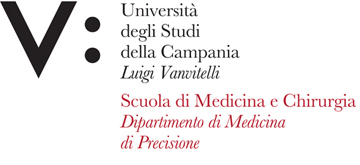C.I. SISTEMI INFORMATIVI ED AUTOMAZIONE IN LABORATORIO (Corso Integrato)
Italiano
| Lingua di insegnamento | Italiano |
| Contenuti | Contenuti |
| Testi di riferimento | Testi di riferimento |
| Obiettivi formativi | Obiettivi formativi |
| Prerequisiti | Prerequisiti |
| Metodologie didattiche | Metodologie Didattiche |
| Metodi di valutazione | Metodi di valutazione |
English
| Teaching language | Italian |
| Contents | Contents |
| Textbook and course materials | Reference texts |
| Course objectives | Educational goals |
| Prerequisites | Prerequisites |
| Teaching methods | Didactic Methodologies |
| Evaluation methods | Evaluation methods |








